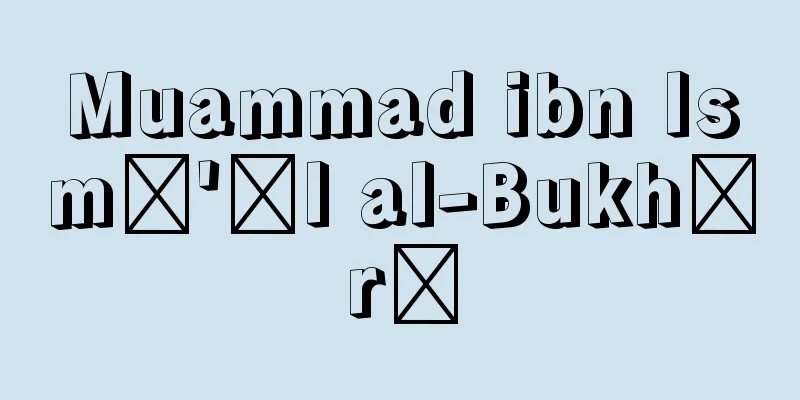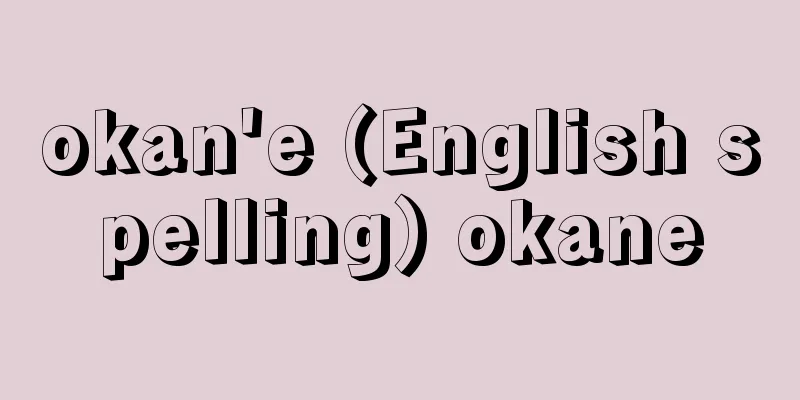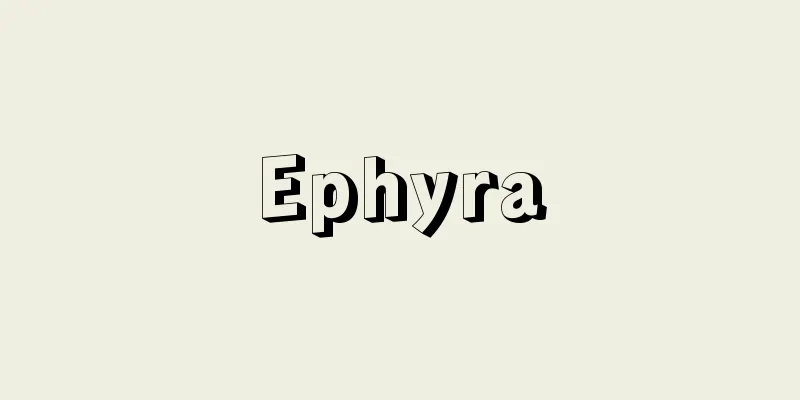Compost

|
In the past, compost or piled compost was made by piling up straw, fallen leaves, rubbish, and wild grasses and allowing them to ferment naturally, while manure was made by piling up and decomposing livestock manure and bedding (straw, sawdust, etc.), and the two were clearly distinguished, but in reality they are similar and it is often difficult to clearly distinguish between them due to the production process, so compost is often used to refer to organic materials that have been piled up and decomposed well, regardless of the raw materials. Originally, there were two types of compost: ordinary compost (water-piled compost) and quick-form compost, which is made by adding nitrogen sources such as ammonium sulfate and calcium carbonate nitrogen to this to speed up the decomposition process. The fertilizer components contained in compost vary, but it contains 0.30-0.65% nitrogen, 0.04-0.28% phosphorus, 0.38-1.38% potassium, as well as silica, lime, magnesium, and a variety of other trace elements. It is applied as a base fertilizer before sowing or transplanting. The standard application rate is about 30 kilograms per 10 ares. The cumulative effect of compost is greater than the effect in the year it is applied, so it needs to be applied every year. Compost is not just a fertilizer; it is particularly effective as a soil conditioner, softening the soil and improving the growth of plant roots, and promoting the activity of microorganisms in the soil, which have a positive effect on plants. Following the accident at the Fukushima Daiichi Nuclear Power Plant during the Great East Japan Earthquake in 2011, the use, production, and distribution of compost was voluntarily suspended in 17 prefectures, and a new provisional tolerance level for radioactive cesium per kilogram of compost (400 becquerels) was subsequently established. [Yuki Koyama] "Soil, Compost and Organic Matter" by Toshihide Matsuzaki (1992, Ie no Hikari Kyokai)" ▽ "Bark Compost - Theory and Practice of Production and Use" by Hiroshi Kawata (2000, Hakuyusha)" ▽ "How to Make and Use Compost - From Principles to Practice" by Shunrokuro Fujiwara (2003, Rural Culture Association)" ▽ "The Current State of Compost Application and Promotion of Use" (2003, edited and published by the Japan Soil Association) [Reference] | | |Source: Shogakukan Encyclopedia Nipponica About Encyclopedia Nipponica Information | Legend |
|
かつては藁(わら)、落ち葉、塵芥(じんかい)、野草などを堆積し自然に発酵させて生産したものを堆肥、積み肥(ごえ)といい、家畜の糞尿(ふんにょう)と敷き料(藁、おがくずなど)を堆積腐熟させたものを厩肥(きゅうひ)とよび、両者は明確に区別されていたが、実際には両者は類似しており、またその生産の過程から両者をはっきりと区別することがむずかしい場合が多く、原料の違いによらず有機資材を堆積し、よく腐熟させたものを堆肥とよぶことが多い。本来の堆肥には、普通堆肥(水積堆肥)と、これに腐熟を速めるために硫安や石灰窒素などの窒素源を加えてつくられる速成堆肥がある。堆肥に含まれる肥料成分は一定していないが、窒素0.30~0.65%、リン酸0.04~0.28%、カリ(カリウム)0.38~1.38%、その他ケイ酸、石灰、苦土および多種類の微量要素を含んでいる。播種(はしゅ)や移植前に元肥として施用される。施用量は10アールにつき30キログラム程度が標準である。堆肥の効果は施用年の効果よりも累積効果が大きいので、毎年施用する必要がある。また、堆肥は肥料としてだけではなく、土壌を軟らかくし植物の根の張りをよくしたり、土壌中の微生物の活動を促して植物に好影響を与えるなど、土壌改良剤としての効果がとくに大きい。なお、2011年(平成23)の東日本大震災の際に発生した福島第一原子力発電所の事故により、17都県で堆肥の施用、生産、流通が自粛され、その後、堆肥1キログラム当りの放射性セシウムの暫定許容値(400ベクレル)が新たに設けられた。 [小山雄生] 『松崎敏英著『土と堆肥と有機物』(1992・家の光協会)』▽『河田弘著『バーク(樹皮)堆肥――製造・利用の理論と実際』(2000・博友社)』▽『藤原俊六郎著『堆肥のつくり方・使い方――原理から実際まで』(2003・農山漁村文化協会)』▽『日本土壌協会編・刊『堆肥施用の現状と利用促進』(2003)』 [参照項目] | | | | |出典 小学館 日本大百科全書(ニッポニカ)日本大百科全書(ニッポニカ)について 情報 | 凡例 |
<<: Daihi no Senrokubon - Daihi no Senrokubon
Recommend
Occupation - Isshiki
〘 noun 〙 A legacy or inheritance. It came into use...
Ecologist
An ecologist is a scholar who studies the interact...
Akaishi [Hot Springs] - Akaishi
...Industries include the traditional silk-reelin...
Provo
…In 1965, a coalition government of Joseph MLT Ca...
Satomi [village] - Satomi
A village in Kuji County, at the northern tip of I...
Nishina Sanko
A series of lakes stretching from north to south a...
Social Administration
Social administration is the name of a department ...
Princess Iwanaga
Said to be the daughter of Oyamatsumi-no-Kami, she...
Nakazato [village] - Nakazato
A village in Nakauonuma County in southern Niigata...
Ḥesi,tel el- (English spelling) Hesitelel
…[Koichiro Goto]. … *Some of the terminology that...
Skein - Skein
...The name comes from the fact that the head pro...
Osaki clan
Oshu Tandai (Oshu Tandai). Later, he was a feudal...
Cicadella viridis (English spelling)
…They are distinguished by the fact that their oc...
Anthracite - muentan (English spelling)
It is the most highly coalified coal, and is defi...
Abyssobrotula galatheae
… Four species of fish have been collected from t...









